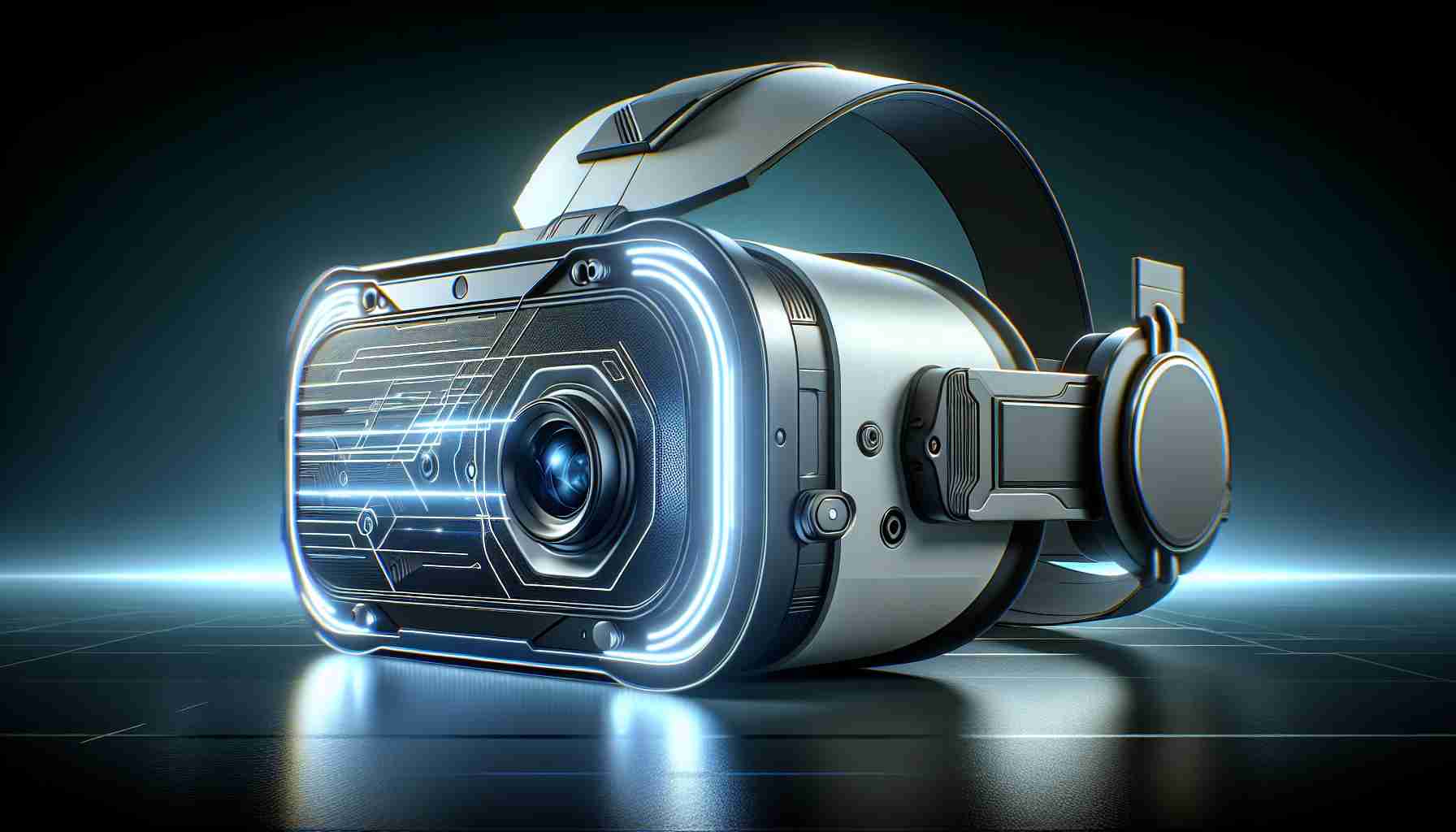The launch of Apple’s Vision Pro has generated excitement among virtual reality enthusiasts, intensifying competition in the VR headset market already dominated by players like Meta, Vive, and Valve. However, a new development in the VR headset landscape has emerged with Huawei’s upcoming Vision AR Headset.
According to former Meizu executive Li Nan and Numiao Technology founder, Huawei’s VR offering boasts some impressive features. The standout feature is its self-developed chipset, which promises unparalleled spatial rendering performance with no delay.
To enhance the immersive experience, Huawei’s VR headset will incorporate a Sony 4K micro-OLED display, similar to Apple’s Vision Pro. But what sets Huawei apart is the weight of its headset. Weighing approximately 350 grams, Huawei’s offering is significantly lighter than Apple’s 600-gram Vision Pro.
If these claims hold true, Huawei’s Vision AR Headset could present a strong alternative to Apple’s offering. Additionally, it is expected that Huawei will competitively price its VR headset at around 15,000 Yuan (approximately $2100 USD), further challenging Apple’s dominance.
Huawei’s entry into the VR market is not entirely new, as the company previously introduced the Vision Glass with a head-mounted display in 2021. The inclusion of a 1080P micro-OLED screen in the Vision Glass aligns with Huawei’s ongoing efforts in the VR field. In fact, Huawei had already trademarked the name “Vision Pro” in 2019, indicating its commitment to advancing in the VR space. Rumors are also circulating about Huawei’s potential entry into the Mixed Reality headset market.
Lastly, Apple may face a naming challenge for its Vision Pro headset in China, as Huawei already holds the trademark for the same name in the country.
FAQ:
1. What is the standout feature of Huawei’s Vision AR Headset?
Huawei’s VR headset incorporates a self-developed chipset that promises unparalleled performance with no delay in spatial renders.
2. What display does Huawei’s VR headset use?
Huawei’s VR headset uses a Sony 4K micro-OLED display, similar to Apple’s Vision Pro headset.
3. How does the weight of Huawei’s VR headset compare to Apple’s?
Huawei’s VR headset weighs approximately 350 grams, significantly lighter than Apple’s 600-gram Vision Pro.
4. How much is Huawei’s VR headset expected to be priced at?
Huawei’s VR headset is expected to be priced around 15,000 Yuan, roughly $2100.
5. Has Huawei entered the VR market before?
Yes, Huawei introduced the Vision Glass with a head-mounted display in 2021, demonstrating their ongoing efforts in the VR field.
6. What is the potential naming challenge for Apple’s Vision Pro headset in China?
Huawei already holds the trademark for the name “Vision Pro” in China, so Apple may face a naming challenge in the country.
Related Links:
– Huawei Official Website
– Apple Official Website
The source of the article is from the blog combopop.com.br
